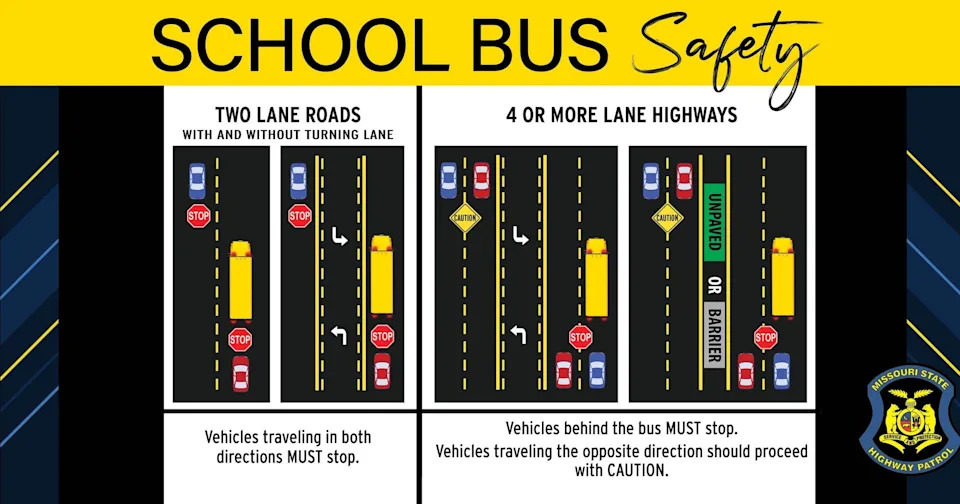
Feeding America and Akron-Canton Regional Food Bank host Hungry to Help Lesson Plan for students at an Ohio elementary school in Fairlawn, Ohio. (Photo by Duane Prokop/Getty Images for Feeding America)
Ohio’s poverty rate was 13.2% in 2023 and the state’s child poverty rate was 17.5%, according to the latest report from the Ohio Association of Community Action Agencies.
While this is a slight dip from last year’s rate of 13.4%, this is higher than the national poverty rate of 12.5%. Ohio’s poverty rate in 2023 was the 15th highest in the country and has been consistently higher than the national average since 2007.
SUBSCRIBE: GET THE MORNING HEADLINES DELIVERED TO YOUR INBOX
“I’m sure that part of the reason for us to continue to trail the country is because of the numerous service deserts, these are geographic areas where people do not have ready access to the necessities of life,” OACAA Executive Director Philip E. Cole said during a recent press conference.
This is the 32nd year the association, which represents 48 agencies across the state, has issued a State of Poverty report.
A Delaware County resident is likely to live about 12 years longer than a Vinton County resident, according to the report.
“These counties are separated by about 100 miles and 12 years,” Cole said. “12 years is a lot of life. This number reminds us that in too many cases, the life you live is determined at birth.”
Poverty has many causes, he said.
“People like to say that poverty is about personal choices,” Cole said. “In most cases, that’s just wrong. It has nothing to do with the choices of those who live in poverty, as no one can choose their parents or their place of birth. It has to do with unequal access to the important resources people need to thrive in their life.”
Service deserts
There are 421 Census tracts across 72 of Ohio’s 88 counties that qualify as food deserts, according to the United States Department of Agriculture Access Research Atlas.
Slightly more than 90% of those are in tracts where the poverty rate is above the state average and 41% are in tracts where the poverty rate is more than double the state average.
Food deserts are geographic areas where residents have limited access to fresh produce, typically due to the lack of grocery stores or supermarkets.
“Ohio’s service deserts disproportionately impact high-poverty communities in both urban and rural areas,” Cole said. “When families and whole communities have a difficult time accessing basic needs like food and medicine, that is normally a demonstration of lack of access to employment and other economic opportunities as well.”
Cole slammed federal policy from the 1980s that no longer enforced anti-trust laws like the Robinson-Patman Act.
“It kept small grocers, for example, and other small retailers in business by outlawing price discrimination, which could favor large retail businesses, especially chain stores, at the expense of the small retailers,” Cole said. “When this act ceased to be enforced, price discrimination was allowed to benefit the large corporate grocers and other retailers at the expense of small businesses.”
This wiped out small grocers and impacted low income areas the most, Cole said.
“Food deserts are creations out of public policy,” Cole said.
It’s not just food deserts, it’s also pharmacies.
Ohio saw a 16% drop in retail pharmacies across the state from 2015 to 2024, according to the report.
“Unregulated pharmacy benefit managers are simply allowed to put small pharmacies out of business with their payment structures,” Cole said. “People have less access to prescriptions and less access to those who understand the interaction of drugs.”
There are also legal assistance deserts — 82 Ohio counties have less than one attorney per 700 residents, according to the report.
Ohio has 13 maternity care deserts where there is limited or no access to maternity health care services, the report added.
Data from the report
Athens County had the highest overall poverty rate with 25.3% and Scioto County had the highest family poverty rate with 17.6%.
In highest overall poverty rate, Meigs County followed Athens with 20.8% and Mahoning and Pike counties were tied with 19.5%.
Black Ohioans have the highest poverty rate at 26.9%, followed by Hispanic/Latinos at 21.7%.
Recommendations
The OACAA had three possible solutions involving lawmakers at the state and federal level.
Suggesting the Trump Administration enforce anti-trust laws like the Robinson-Patman Act to help bring small retailers back in business.
Asking Ohio lawmakers to get rid of taxes on small business startups and offer them refundable tax credits for jobs they create with businesses they open in desert areas.
Increasing the funding for Ohio food banks.
“We need to make food available,” Cole said.
Follow Capital Journal Reporter Megan Henry on Bluesky.








Comments